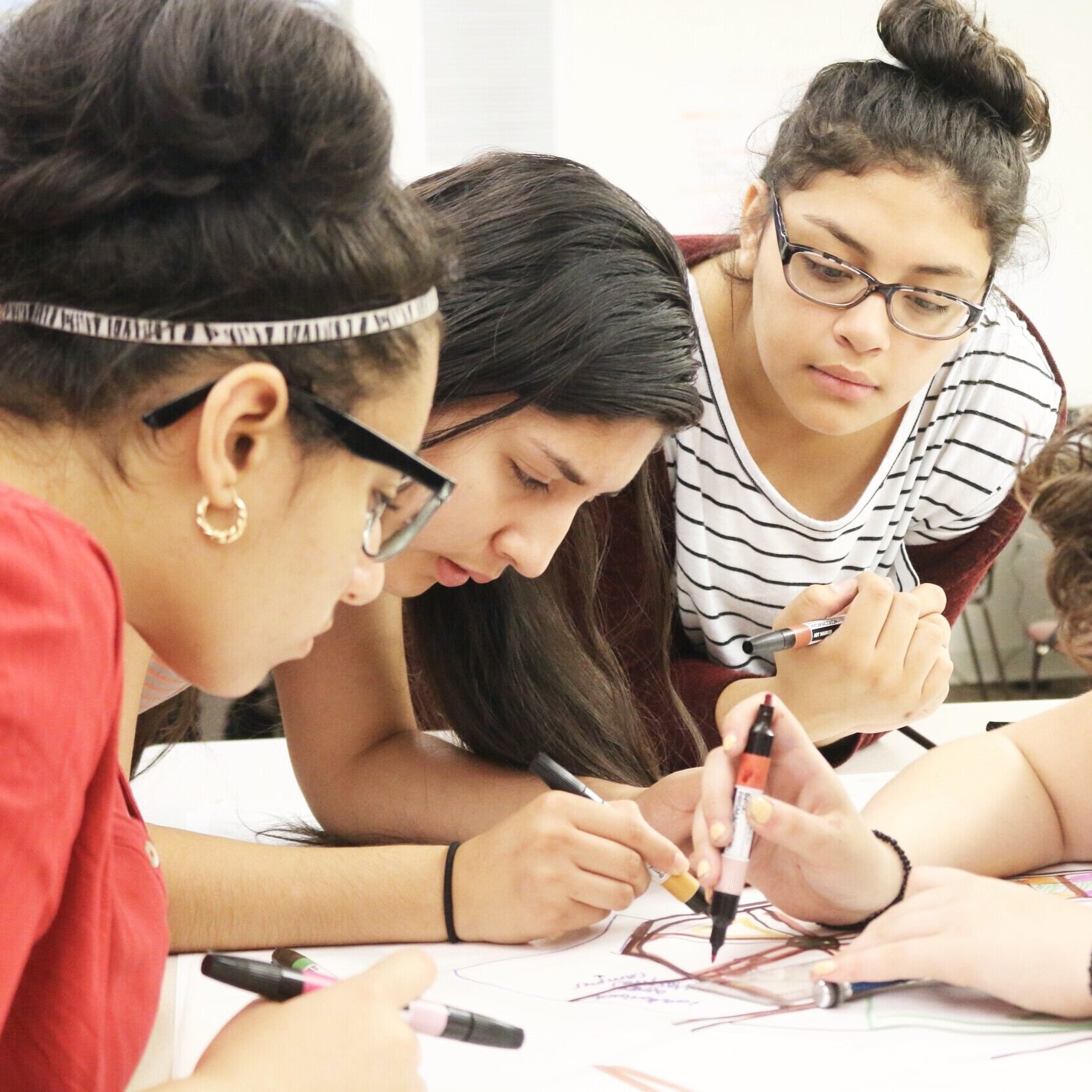What’s in a Brand?
We have been busy during the pandemic....Rebranding to the Civic Design Center...Refreshing our website and image...Refining our mission statementEquity cannot be a fleeting trend. It must be a movement. This movement for the Civic Design Center is embracing the Socially Conscious Design theme of our last luncheon and officially breathing it into our mission. The truth is that architecture and design have been historically white professions. Housing and planning policies have been used as tools to create and uphold systemic injustices. Civic design projects of the ages have occurred without the input of all the voices in communities. It takes active work to prevent this from occurring in the future.
For the past 20 years, our nonprofit has worked towards creating a more beautiful and functional Nashville for all. This began with a large-scale community engagement project that culminated in a comprehensive vision for the city. As Nashville grows into a global influence, we aim to work locally so that our community may set an example for design equity around the world. Ultimately, engaging in Nashville, but partnering globally.
Our mission is now to advocate for civic design visions and actionable change in communities to improve quality of life for all.Actionable change must come from within a community in order for spaces to reflect their people, culture, and history. How do we really improve quality of life for all? We must engage the community members in civic design processes, connecting them to resources and stakeholders in order to make change that the community wants to see. We have been doing work in this arena for 20 years, but our new mission uses language that is more accessible to the general public.
We also wanted community members to see themselves in our brand.That’s why we put YOU in our logo: a community member raising their hand to say something about their experience, their ideas, and their needs for their neighborhood. Their hand breaks the plane to show eagerness and readiness to make themselves heard. Our role as the Design Center is to amplify your voice.
You are reflected in the map for a reason
The figure is actually integrated into a street grid in the logo because in community engagement and civic design processes, there is usually a map that community members are supposed to draw on directly. This is used to show where in the neighborhood you can find their favorite things as well as where they would like to see change. We believe this process shows how community members should be reflected in the look and feel of their neighborhoods.
Looking at the map itself
Within the map, the figure is represented by civic “land-uses”. The head may be a landmark within a roundabout, the body may be a park, and the arms may be a river. The land-uses around the figure could be commercial or residential represented by varying block sizes. We wanted the figure to be represented by public space land-uses since public space projects should reflect the people that they are created for.
Connecting those divided
Lastly, you’ll see that the arms could also be seen as a divider between neighborhoods on a map. Our communities have historically been divided by natural barriers, like rivers, lakes, and forests, but also by man-made barriers, like highways. We are acknowledging that fact and recognizing that we must work especially hard to bridge those divides so that the community members and the public space may finally reconnect neighborhoods.
The Civic Design Center cannot exist without YOU.


